Popular games for platform PDP-11
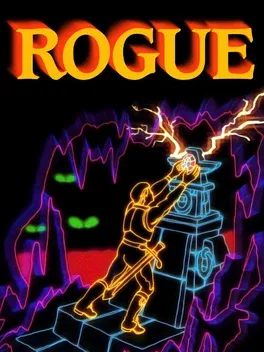
Rogue is a dungeon crawling video game first developed by Michael Toy and Glenn Wichman around 1980. It was a favorite on college Unix systems in the early to mid-1980s, in part due to the procedural generation of game content.
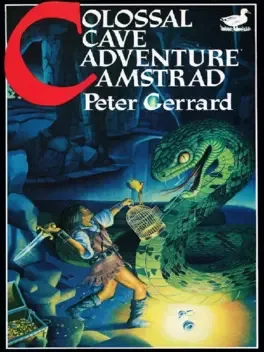
Colossal Cave Adventure is a text adventure game, developed originally in 1976, by Will Crowther for the PDP-10 mainframe. The game was expanded upon in 1977, with help from Don Woods, and other programmers created variations on the game and ports to other systems in the following years. In the game, the player controls a character through simple text commands to explore a cave rumored to be filled with wealth. Players earn predetermined points for acquiring treasure and escaping the cave alive, with the goal to earn the maximum amount of points offered. The concept bore out from Crowther's background as a caving enthusiast, with the game's cave structured loosely around the Mammoth Cave system in Kentucky.
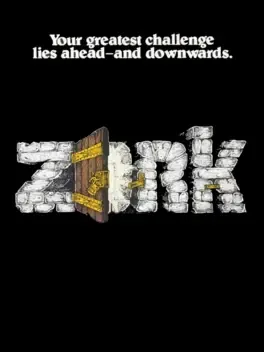
Zork is one of the earliest interactive fiction computer games, with roots drawn from the original genre game, Colossal Cave Adventure. The first version of Zork was written in 1977–1979 using the MDL programming language on a DEC PDP-10 computer.
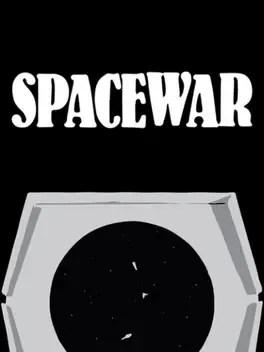
Spacewar! is one of the earliest digital computer video games. It is a two-player game, with each player taking control of a starship and attempting to destroy the other. A star in the center of the screen pulls on both ships and requires maneuvering to avoid falling into it. In 1971 it was unofficially ported into a coin-operated PDP-11 machine and renamed Galaxy Game. As an arcade machine it was installed at the Tresidder Union at Stanford University in September, 1971, two months before the official release of Computer Space, the first mass-produced video game. Only one unit was built initially, although the game later included several consoles allowing users to play against each other.
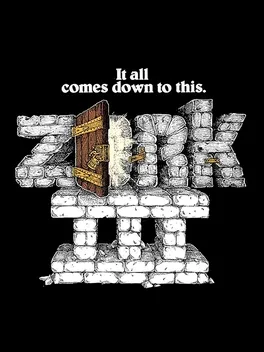
In the third game of the adventure game series Zork, you are once again a nameless adventurer, only this time you won't travel through a beautiful magical land, but are immediately cast into a deep dungeon. Like in a dream, you hear a mysterious voice telling you that you have passed all the tests but one. When conscience returns to you, you find yourself on the endless spiral of stairs, with only your trusty lantern near you... will you be able to survive the horrors of the Dungeon?
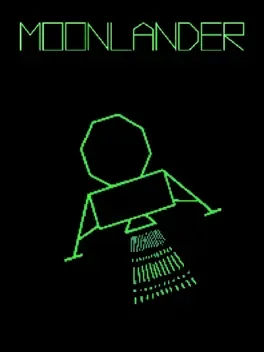
Moonlander (also known as Lunar Lander) is an early computer game made for the DEC GT40 computer and is the first graphical game in the lunar landing simulator subgenre, as well as the first one in real-time. It is notable for being the first video game with an Easter egg, a lone McDonalds on the moon's surface that can be interacted with or destroyed.
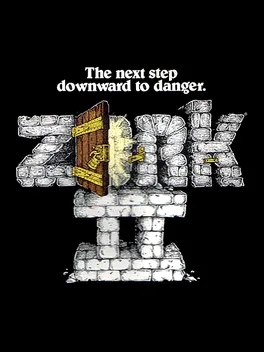
The adventure begins in the Barrow from "Zork I" armed only with the trusty brass lantern and sword of elvish antiquity. The purpose of the game is not initially clear. Like its predecessor, Zork II is essentially a treasure hunt. Unlike the previous game, the ten treasures are tied together by a crude plot. Finding the treasures does not end the game, nor are all the treasures needed to finish the game. Instead, the adventurer must figure out a way to use the treasures in order to reach the game's finale.